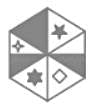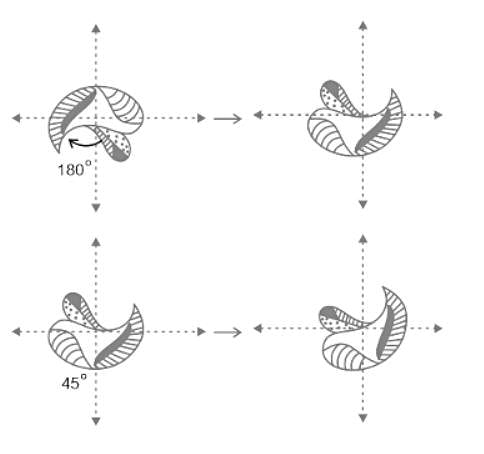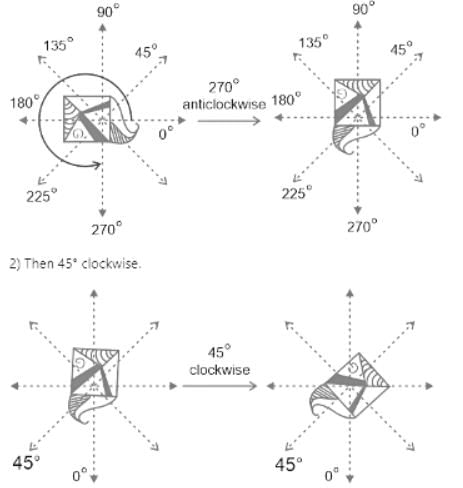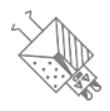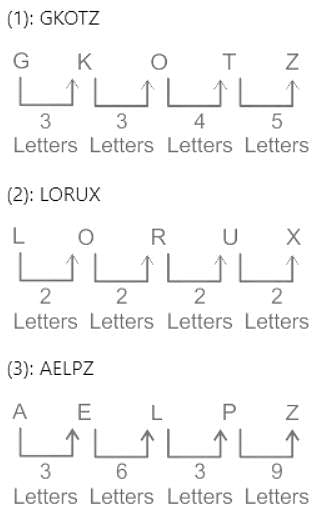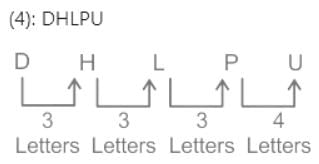MCQ: Similarities and Differences - 1 - SSC CGL MCQ
15 Questions MCQ Test General Intelligence and Reasoning for SSC CGL - MCQ: Similarities and Differences - 1
Select the name from the options that is similar to the given set of names in a certain manner.
Bismillah Khan, JRD Tata, M Visvesvaraya, Sachin Tendulkar
Select the set in which the numbers are related in the same way as are the numbers of the given sets.
(NOTE: Operations should be performed on the whole numbers, without breaking down the numbers into its constituent digits. E.g. 13 – Operations on 13 such as adding /deleting /multiplying etc. to 13 can be performed. Breaking down 13 into 1 and3 and then performing mathematical operations on 1 and 3 is NOT allowed)
(64, 112, 49)
(121, 330, 225)
| 1 Crore+ students have signed up on EduRev. Have you? Download the App |
Directions: In the following questions, from the given four alternatives, select the number which is most similar to the given set.
Given set: 363, 489, 579
Directions: In the following question, from the given four alternatives, select the number which is similar to the given set.
Given set: 992, 733, 845, 632
Select the number triad that is analogous to the given triads.
(64, 8, 65), (125, 27, 89)
In the given question, in three out four figures, figure 1 is related to figure 2 in same particular manner. Spell out the pair in which relationship does not exist between figure 1 and figure 2.

Which of the option figures, when rotated 135° clockwise followed by 45° anticlockwise, will result in the given question figure?

Which of the option figures when rotated 180° clockwise and then 45° anticlockwise will result in the given question figure?
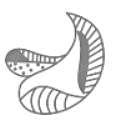
Which of the option figures when rotated 270° anticlockwise and then 45° clockwise will result in the given question figure?
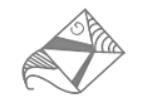
Which of the option figure when rotated 135° clockwise and then 45° anticlockwise will result in the given question figure?
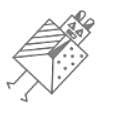
Five figures are given, out of which four are alike in some way and one is different. Select a different figure.

In the following question, find out the letter series which follows the given rule :
The number of letters skipped in between the adjacent letters in the series are multiples of 3.
The set is given: 25, 5, 20
Which of the following options is similar to the above set?
121, 144
Which of the following pairs is similar to the above expression?
29 ∶ 43
Which of the following pairs is similar to the above expression?
|
177 videos|126 docs|197 tests
|
|
177 videos|126 docs|197 tests
|



